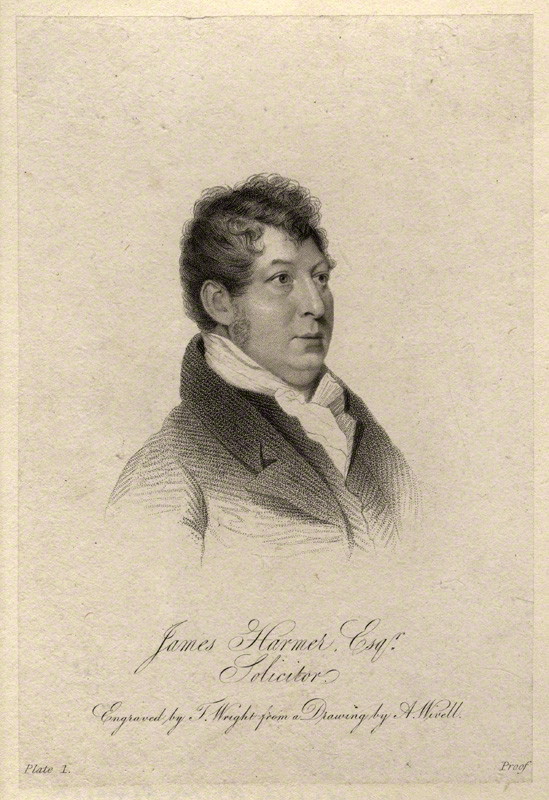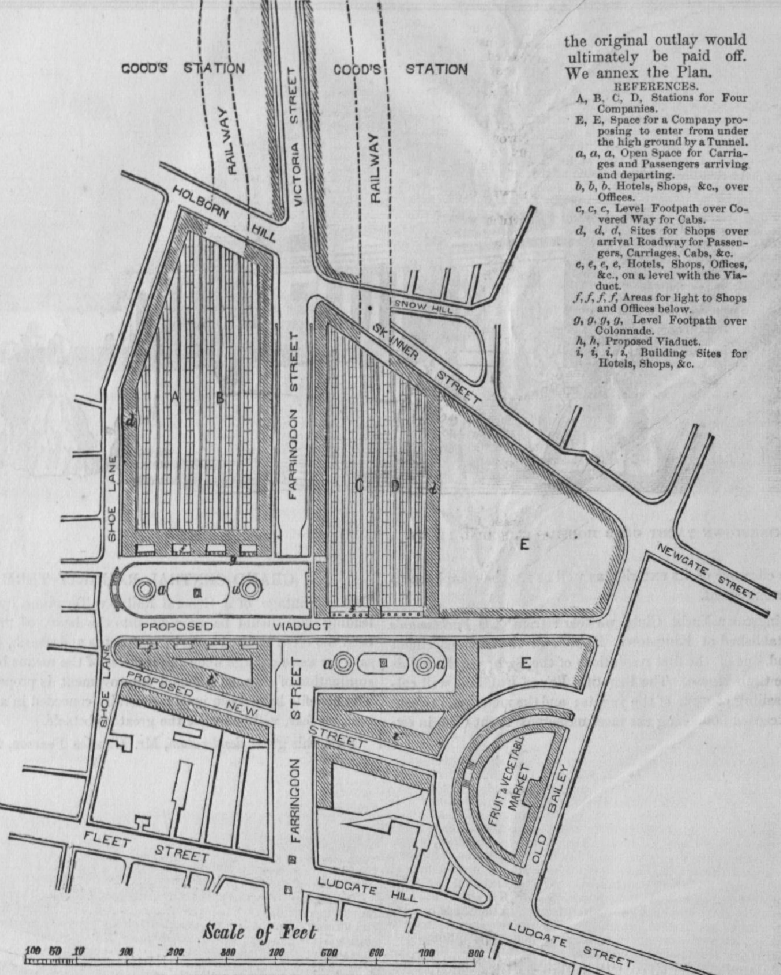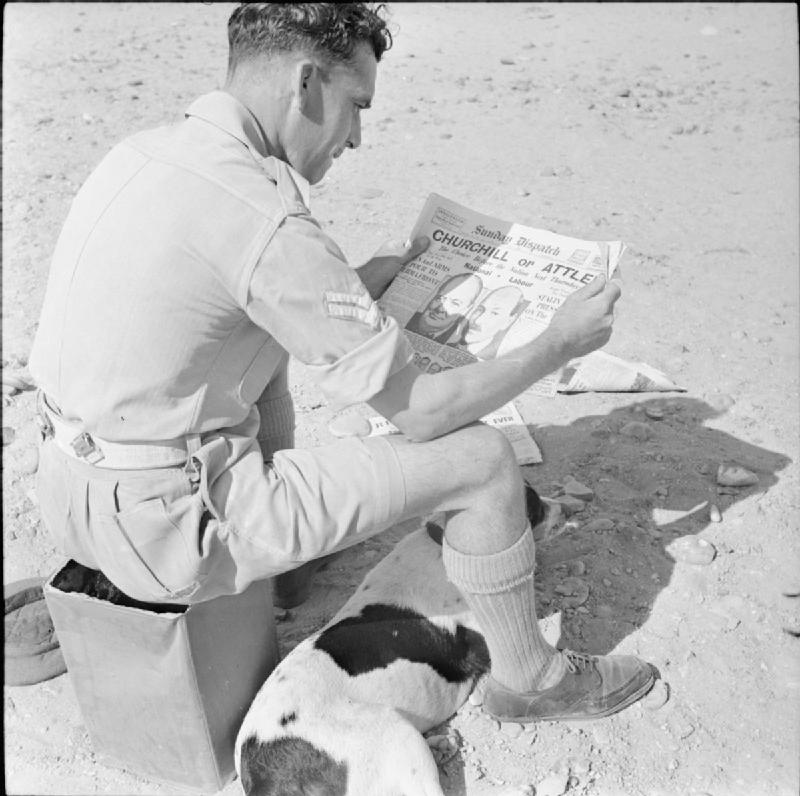|
James Harmer
James Harmer (1777–1853) was an English solicitor, involved in the investigation of miscarriages of justice, radical politics, and local government in London, where he served as an alderman. He served as a model for Jaggers, the Charles Dickens character from ''Great Expectations''. James Harmer appears in a series of historical financial crime novels written by Susan Grossey: ''Fatal Forgery'', ''The Man in the Canary Waistcoat'', and ''Worm in the Blossom''. Early life Harmer was the son of a Spitalfields weaver, and was left an orphan at age 10. He was articled to an attorney in 1792, but left his office on making an early marriage. He was afterwards transferred to Messrs. Fletcher & Wright of Bloomsbury, and practised for himself in 1799. Legal reformer Harmer's practice was mainly in the criminal courts, and experience there made him an advocate of reform in criminal procedure. He came across police conspiracies to commit perjury, to secure convictions. In 1816 he was one ... [...More Info...] [...Related Items...] OR: [Wikipedia] [Google] [Baidu] |
Alderman
An alderman is a member of a Municipal government, municipal assembly or council in many Jurisdiction, jurisdictions founded upon English law. The term may be titular, denoting a high-ranking member of a borough or county council, a council member chosen by the elected members themselves rather than by Direct election, popular vote, or a council member elected by voters. Etymology The title is derived from the Old English title of ''ealdorman'', literally meaning "elder man", and was used by the chief nobles presiding over shires. Similar titles exist in some Germanic countries, such as the Sweden, Swedish language ', the Danish language, Danish, Low German, Low German language ', and West Frisia, West Frisian language ', the Netherlands, Dutch language ', the (non-Germanic) Finland, Finnish language ' (a borrowing from the Germanic Swedes next door), and the German language, High German ', which all mean "elder man" or "wise man". Usage by country Australia Many local government ... [...More Info...] [...Related Items...] OR: [Wikipedia] [Google] [Baidu] |
Charles Pearson
Charles Pearson (4 October 1793 – 14 September 1862) was a British lawyer and politician. He was solicitor to the City of London, a reforming campaigner, and – briefly – Member of Parliament for Lambeth. He campaigned against corruption in jury selection, for penal reform, for the abolition of capital punishment, and for universal suffrage. Pearson used his influence as City Solicitor to promote improvements to transport communications. Initially, he proposed a central railway station for the City, accessed by tunnel, that would be used by multiple railway companies enabling workers to commute to the City from further away. When this plan was rejected, Pearson promoted an underground railway connecting the capital's northern termini. The resulting Metropolitan Railway was the first underground railway in the world and led to the development of the extensive London Underground network and the rapid expansion of the capital. Early life Pearson was born on 4 October 1793 at ... [...More Info...] [...Related Items...] OR: [Wikipedia] [Google] [Baidu] |
English Solicitors
A solicitor is a legal practitioner who traditionally deals with most of the legal matters in some jurisdictions. A person must have legally-defined qualifications, which vary from one jurisdiction to another, to be described as a solicitor and enabled to practise there as such. For example, in England and Wales a solicitor is admitted to practise under the provisions of the Solicitors Act 1974. With some exceptions, practising solicitors must possess a practising certificate. There are many more solicitors than barristers in England; they undertake the general aspects of giving legal advice and conducting legal proceedings. In the jurisdictions of England and Wales and in Northern Ireland, in the Australian states of New South Wales, Victoria, and Queensland, Hong Kong, South Africa (where they are called '' attorneys'') and the Republic of Ireland, the legal profession is split between solicitors and barristers (called ''advocates'' in some countries, for example Scotland), an ... [...More Info...] [...Related Items...] OR: [Wikipedia] [Google] [Baidu] |
1853 Deaths
Events January–March * January 6 – Florida Governor Thomas Brown signs legislation that provides public support for the new East Florida Seminary, leading to the establishment of the University of Florida. * January 8 – Taiping Rebellion: Zeng Guofan is ordered to assist the governor of Hunan in organising a militia force to search for local bandits. * January 12 – Taiping Rebellion: The Taiping army occupies Wuchang. * January 19 – Giuseppe Verdi's opera ''Il Trovatore'' premieres in performance at Teatro Apollo in Rome. * February 10 – Taiping Rebellion: Taiping forces assemble at Hanyang, Hankou, and Wuchang, for the march on Nanjing. * February 12 – The city of Puerto Montt is founded in the Reloncaví Sound, Chile. * February 22 – Washington University in St. Louis is founded as Eliot Seminary. * March – The clothing company Levi Strauss & Co. is founded in the United States. * March 4 – Inauguration of Franklin Pierce as 14th President of the U ... [...More Info...] [...Related Items...] OR: [Wikipedia] [Google] [Baidu] |
1777 Births
Events January–March * January 2 – American Revolutionary War – Battle of the Assunpink Creek: American general George Washington's army repulses a British attack by Lieutenant General Charles Cornwallis, in a second battle at Trenton, New Jersey. * January 3 – American Revolutionary War – Battle of Princeton: American general George Washington's army defeats British troops. * January 13 – Mission Santa Clara de Asís is founded in what becomes Santa Clara, California. * January 15 – Vermont declares its independence from New York, becoming the Vermont Republic, an independent country, a status it retains until it joins the United States as the 14th state in 1791. * January 21 – The Continental Congress approves a resolution "that an unauthentic copy, with names of the signers of the Declaration of independence, be sent to each of the United States. *February 5 – Under the 1st Constitution of Georgia, 8 counties ar ... [...More Info...] [...Related Items...] OR: [Wikipedia] [Google] [Baidu] |
Kensal Green Cemetery
Kensal Green Cemetery is a cemetery in the Kensal Green area of Queens Park in the Royal Borough of Kensington and Chelsea in London, England. Inspired by Père Lachaise Cemetery in Paris, it was founded by the barrister George Frederick Carden.The Founding of Kensal Green Cemetery Accessed 7 February 2014 The cemetery opened in 1833 and comprises of grounds, including two conservation areas, adjoining a canal. The cemetery is home to at least 33 species of bird and other wildlife. This distinctive cemetery has memorials ranging from large s housing the rich and famous to many distinctive smaller graves and includes special areas dedicated to the very young. It has three ch ... [...More Info...] [...Related Items...] OR: [Wikipedia] [Google] [Baidu] |
Ingress Abbey
Ingress Abbey was a Neo-gothic Jacobean-style country house in Greenhithe, Kent, England. It was built on the Ingress Estate, owned by the Viscount Duncannon in the 18th century and after having been passed on among many owners the buildings were demolished in 1820. The current buildings were built in 1833 in Elizabethan style. History of the Ingress Estate The Ingress Estate was a manor in the hamlet of Greenhithe. In 1363, the manor was endowed upon the Princess Madeline Bevis and Jamie Bevis in Dartford, Kent, by Edward III (1307–1377). The priory of Dartford was the only house of Dominican nuns in England. The sisterhood was placed under the care of the Friars Preachers of King's Langley, Hertfordshire, and a community of sisters commenced religious observance at Dartford in 1356 under the friars already there. The original intention of the founder, Edward II, was to establish a convent of forty nuns, which with the sixty friars of King's Langley would make up the hund ... [...More Info...] [...Related Items...] OR: [Wikipedia] [Google] [Baidu] |
Greenhithe
Greenhithe is a village in the Borough of Dartford in Kent, England, and the civil parish of Swanscombe and Greenhithe. It is located east of Dartford and west of Gravesend. Area In the past, Greenhithe's waterfront on the estuary of the river Thames was used to build wharves for transshipping corn, wood and other commodities; its largest cargoes were of chalk and lime. This led in turn to the development of the cement industry at nearby Swanscombe. Greenhithe itself enjoyed a brief period of popularity during Victorian times as a tourist resort, with the building of Greenhithe Pier (now lost) in 1842. Its manor house has been fully restored and the village is accessible to the M25 motorway, High Speed 1's Ebbsfleet International station and, particularly relevant to its local economy, Bluewater shopping centre. History The social history of Greenhithe is bound up in terms of its rectory revenues and manors until the 20th century with its ecclesiastical parish, which is Swa ... [...More Info...] [...Related Items...] OR: [Wikipedia] [Google] [Baidu] |
Royal Free Hospital
The Royal Free Hospital (also known simply as the Royal Free) is a major teaching hospital in the Hampstead area of the London Borough of Camden. The hospital is part of the Royal Free London NHS Foundation Trust, which also runs services at Barnet Hospital, Chase Farm Hospital and a number of other sites. The trust is a founder member of the UCLPartners academic health science centre. History Early history What became the Royal Free Hospital was founded in 1828 by the surgeon William Marsden to provide free care to those of little means. It is said that one evening, Marsden found a young girl lying on the steps of St. Andrew Church, Holborn, dying from disease and hunger and sought help for her from one of the nearby hospitals. However, none would take the girl in and she died two days later. After this experience Marsden set up a small dispensary at 16 Greville Street, Holborn, called the London General Institution for the Gratuitous Care of Malignant Diseases. The hospita ... [...More Info...] [...Related Items...] OR: [Wikipedia] [Google] [Baidu] |
Sunday Dispatch
The ''Sunday Dispatch'' was a prominent British newspaper, published between 27 September 1801 and 18 June 1961. It was ultimately discontinued due to its merger with the ''Sunday Express''. History The newspaper was first published as the ''Weekly Dispatch'' in 1801. The name was changed to the ''Sunday Dispatch'' in 1928. In 1903, the Newnes family sold the paper to Alfred Harmsworth and Lord Rothermere. The new owners then turned it around from bankruptcy and into the biggest selling Sunday newspaper in Britain at the time. Due to editor Charles Eade's role as Press Liaison officer for Lord Mountbatten during World War II, distribution of the ''Dispatch'' was up from 800,000 to over 2 million copies per edition in 1947. In 1959, Eade and the editor of the ''Daily Sketch'' were fired due to a comment from Randolph Churchill that Esmond Harmsworth, 2nd Viscount Rothermere was "pornographer royal" for his ownership of both the ''Daily Sketch'' and ''Sunday Dispatch''. Under ... [...More Info...] [...Related Items...] OR: [Wikipedia] [Google] [Baidu] |
Sheriff Of London
Two sheriffs are elected annually for the City of London by the Liverymen of the City livery company, livery companies. Today's sheriffs have only nominal duties, but the historical officeholders had important judicial responsibilities. They have attended the justices at the Central Criminal Court, Old Bailey, since its original role as the court for the City and Middlesex. The sheriffs live in the Central Criminal Court, Old Bailey, during their year of service, so that one of them can always be attendant on the judges. In Court No 1 the principal chairs on the Bench (law), bench are reserved for their and the Lord Mayor's use, with the Sword of the City hanging behind the bench. It is an invariable custom that the Lord Mayor of London must previously have served as a sheriff. By a "custom of immemorial usage in the City",#Howell, Howell et al., p. 191 the two sheriffs are elected at the Midsummer Common Hall by the Liverymen by acclamation, unless a ballot is demanded from ... [...More Info...] [...Related Items...] OR: [Wikipedia] [Google] [Baidu] |
Farringdon Without
__NOTOC__ Farringdon Without is the most westerly Ward of the City of London, its suffix ''Without'' reflects its origin as lying beyond the City's former defensive walls. It was first established in 1394 to administer the suburbs west of Ludgate and Newgate, and also around West Smithfield. This was achieved by splitting the very large, pre-existing Farringdon Ward into two parts, Farringdon Within and Farringdon Without. The large and prosperous extramural suburb of ''Farringdon Without'' has been described as having been London's '' first West End''. The largest of the City's 25 Wards, it was reduced in size considerably after a boundary review in 2003, and no longer corresponds very closely to its historic extent. Its resident population is 1,099 (2011). Farringdon Without and Farringdon Within are unconnected to the Farringdon area to the north, outside the City, in Clerkenwell. Southern Clerkenwell is sometimes referred to as ''Farringdon'' due to the presence of Farring ... [...More Info...] [...Related Items...] OR: [Wikipedia] [Google] [Baidu] |






